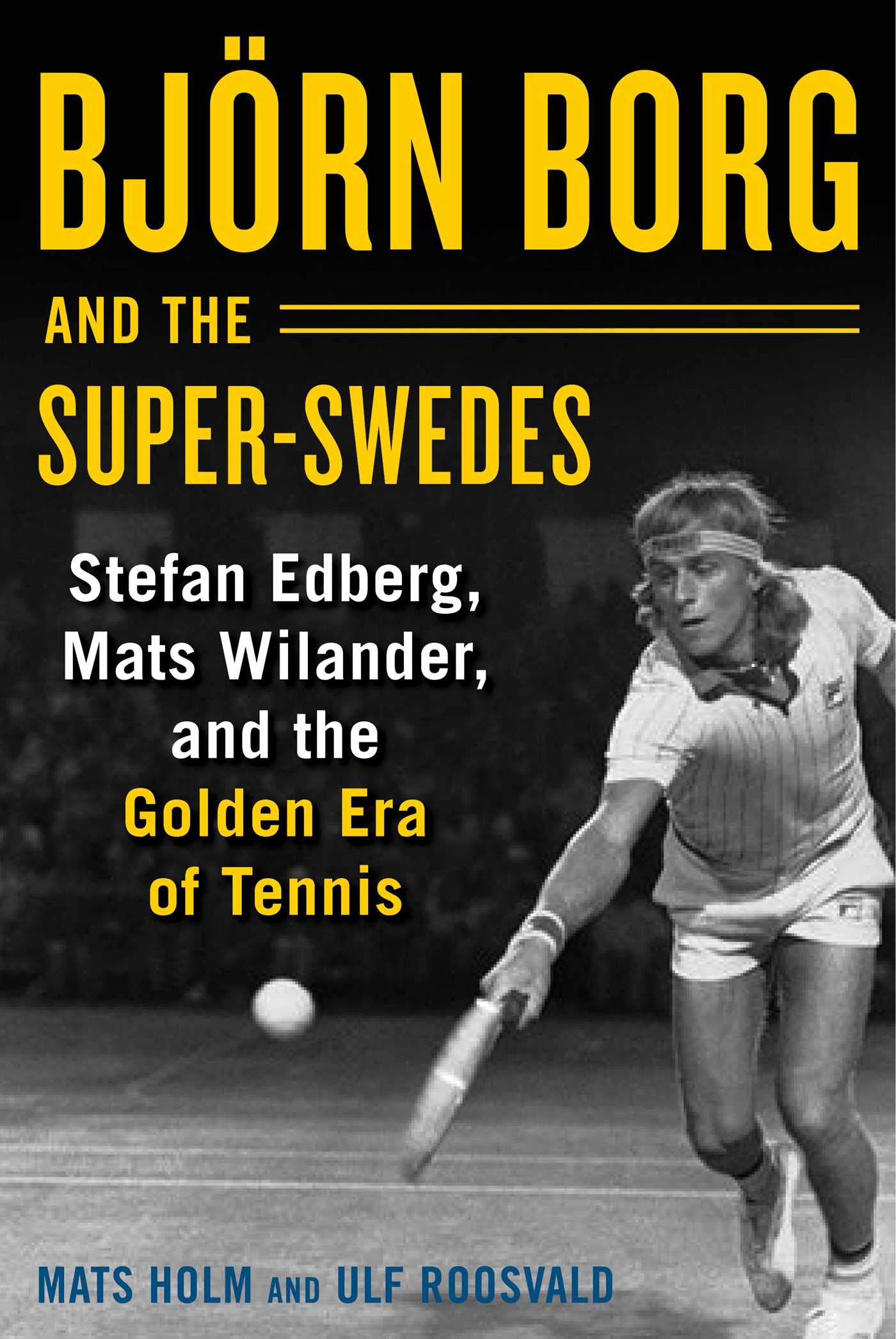
Introduction to Borg Tennis
In the world of tennis, few names resonate as deeply as Björn Borg. His style and approach to the game have left an indelible mark on the sport, making ‘Borg tennis’ synonymous with discipline, skill, and a unique mental fortitude. As the sports world continues to modernise and evolve, Borg’s legacy remains a crucial reference point, inspiring both players and enthusiasts alike.
Björn Borg: A Historical Overview
Björn Borg, a Swedish tennis legend, burst onto the scene in the 1970s, revolutionising the sport with his powerful serve, exceptional baseline play, and signature headbands. His reign included 11 Grand Slam singles titles, notably winning five consecutive Wimbledon championships from 1976 to 1980, a feat considered legendary. Not just his skills but his enigmatic personality and unflappable demeanor on the court also captivated fans worldwide and set a new standard for aspiring players.
The Borg Effect on Modern Tennis
Borg’s influence on contemporary tennis is visible through various aspects of the sport’s evolution. His mental approach and physical preparation paved the way for future athletes, illustrating that tennis requires both physical prowess and psychological resilience. Today, many players cite Borg’s techniques and strategies as foundational elements of their training regimes.
Moreover, Borg was instrumental in the fashion side of tennis, popularising the use of headbands and a relaxed yet athletic attire that still resonates in modern tennis aesthetics. His partnership with major brands helped shape sports marketing in ways that are still prevalent.
Current Trends and Future of Borg Tennis
Today, while tennis has seen the rise of power players like Roger Federer, Rafael Nadal, and Serena Williams who play a far more aggressive and physical style, Borg’s influence is evident in the tactical nuances of the game. We see young players adopting not only the physical training Borg was known for but also his mental training approaches, focusing as much on the psychological aspect of the game as the physical.
With organisations and academies advocating for a return to traditional techniques, the resurgence of ‘Borg tennis’ could help new generations find balance in the sport. The focus on both mental resilience and technical finesse encourages young players to appreciate the deep roots of the game.
Conclusion
In retrospect, Borg tennis represents a crucial era that set the foundation for the modern game. His legacy continues to inspire athletes and shape training methods, ensuring that the importance of strategy, style, and composure in tennis remains a focal point. As tennis evolves further, Borg’s principles will likely continue to influence forthcoming generations of players, maintaining his status as a cornerstone in the rich history of the sport.
You may also like

The Rise of Aryna Sabalenka in Professional Tennis

A Comprehensive Look at the WTA Finals 2023
